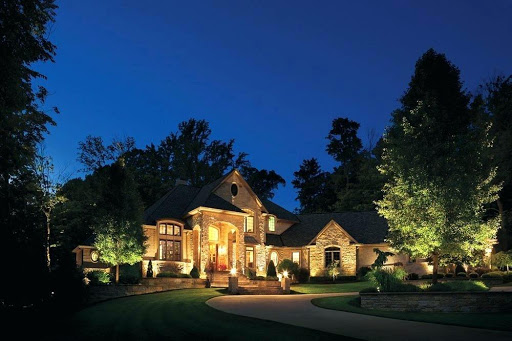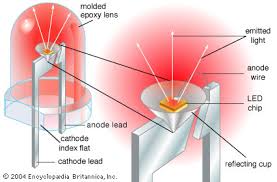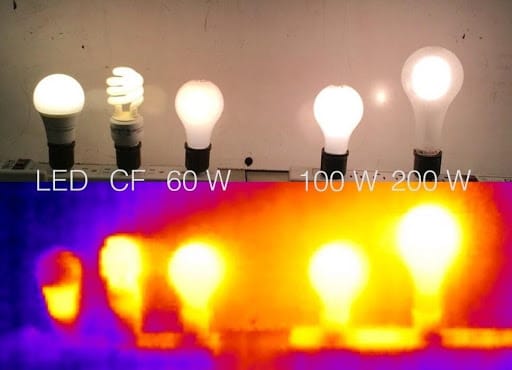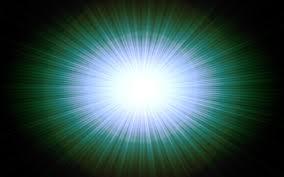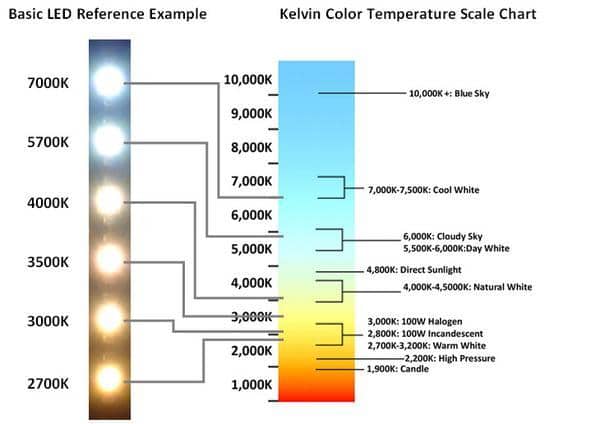The first step in learning about any new topic or a specific industry that you are not familiar with, is to understand the “terminology” that is used.
So let’s review some basic and common terminology that is used by Landscape Lighting Manufacturers and Landscape Lighting Professionals alike.
Low-Voltage Lighting
The term “Low-Voltage” varies and ultimately depends on where you live in the world. In North America, Low-Voltage typically refers to certain electrical appliances and lighting fixtures that operate on reduced voltage, compared to the most commonly used household appliances such as TV’s and Coffee Makers which require 110-Volts to operate. In the case of Low-Voltage Landscape Lighting Systems, they typically operate in the range of between 9–15 Volts. To put this voltage into perspective, you can illuminate (on a temporary basis) one of our Landscape Flood Lights from a “single 9-Volt battery”. They are the square batteries that operate items such as smoke detectors and garage door opener access pads.
Fact is… by utilizing Low-Voltage Landscape Lighting Fixtures they are much cheaper to operate and they drastically reduce the risks associated with electrical shock, which is definitely a consideration when operating anything that is outside and at the constant mercy of the elements.
Another benefit associated with Low-Voltage Lighting Systems; they are not subject to the same type of “Electrical Codes and Regulations” that higher voltage systems have to follow. As a result, you do not have to hire a (certified) electrician to install, repair or maintain the system.
In summary… Low Voltage Landscape Lighting Systems are the preferred choice of The Landscape Lighting Company.
LED
We covered this particular topic quite extensively in a previous article titled “The Advantages of LED (light-emitting diode) Landscape Lighting”. But here is a quick lesson on this type of light source.
As we mentioned, LED stands for “Light-Emitting Diode”, but what you really need to know is how much energy LEDs save you compared to their counterparts . There has been case study after case study showing the Hundreds and Thousands of Dollars people save from using LED technology.
Fact is… LED Lighting is the only way to go!
Watts
If you have never studied lighting (and not too many have so you are not alone on this one), you have probably been measuring how much light you need by Watts?
Sorry… but that isn’t the right way to do it!
Why… because Watts are used to measure how much “energy consumption a light bulb will use” and not “how much light it will produce”.
Another fact… the larger the Watt usage, the higher your energy bill will be at the end of the month. Not a nice fact, but one that is definitely worthy of consideration, and especially if you care about how much money is left in your bank account at the end of each month!
MORE is LESS… in other words, you want to get the most number of Lumens for the least number of Watts consumed. This is what makes LED Light Bulbs so much more attractive than their counterparts!
Lumens
What is a “Lumen” you may ask?
It’s a “measure of the total quantity of visible light emitted by a source”. For lack of better terms, Lumens are “a measure of brightness”.
For example; one of the Landscape Lighting Flood Lights we supply and install has a (maximum) output of “835 Lumens”, which is equivalent (approximately) to the brightness of a 60 Watt (W) Incandescent Light Bulb. At this point you are probably thinking… A 60 Watt bulb? I have lights in my closet that produce the same amount of light, so how is that amount of light going to illuminate my OutdoorSpace? That’s a great question and one that we hear all the time. We will explain how that’s possible in our next subject.
Beam Spread
As you will note from the examples above, Beam Spread is defined by the number of degrees (angle) an individual light fixture is capable of covering. To put things into perspective for you; a standard Incandescent (house) Light Bulb typically covers 180+ Degrees of Spread. In other words, the light isn’t focused in any particular direction, but rather “spreading the light around”. The Landscape Flood Lights we supply and install have a number of different Beam Spreads that range anywhere from 10 Degrees to 180 Degrees. Because we are focusing the beam of light directly onto the object or series of objects we wish to illuminate, we don’t need to use lights with a higher Lumen output because we are concentrating the beam of light where we want it, which maximizes the overall efficiency of the light, while improving the overall “Artistic Effect”.
Remember what we said earlier about the equation between Lumens and Watts… MORE is LESS!!!
During the design phase of the Landscape Lighting Consultation Process, we carefully select the type of Landscape Lighting Fixture and Beam Spread for the object or series of objects we are looking to illuminate. We also take into consideration the specific “Lighting Effects” we are looking to achieve, as this will also influence the decisions we make.
In summary… unlike the manufacturers of certain products, “ONE Light… Does NOT Fit All”
Lighting Colour
Colour temperature is measured in “Kelvins (K)” and it identifies how “warm” or “cool” a particular light source is. Have you ever noticed the difference between some Florescent Light Fixtures that are in the same room such as an office space or commercial building? Some are more of a “white, white”, while others are more of a “yellow, white”. Depending on where the lights located, you have the ability to select which type suits the intended application.
To summarize… the lower the temperature (or number of Kelvins) the “warmer” the light and the higher the temperature the “cooler” the light.
Fact is… “warm” light is less harsh on the eyes and therefore better suited for “residential” lighting applications. It’s also the preferred colour used by The Landscape Lighting Company.
For example, the Landscaping Lights we typically supply and install have a colour temperature of 2700K, which is considered a “warm” or “soft” white.
Lighting Colour Temperature Chart
If you are looking to install lights in an office area, you would probably want to go with something much “cooler” and more in the 3500K or even 5500K colour temperature range.
The general rule of thumb with lighting temperatures; “cool” colour temperatures generally promote “focus”, whereas “warmer” colour temperatures tend to lean more towards “relaxation”.
Which Light Effect would you prefer to have in your OutdoorSpace?
We hope you found this article informative? Should you have any additional questions about Landscape Lighting, we would LOVE to hear from you!
